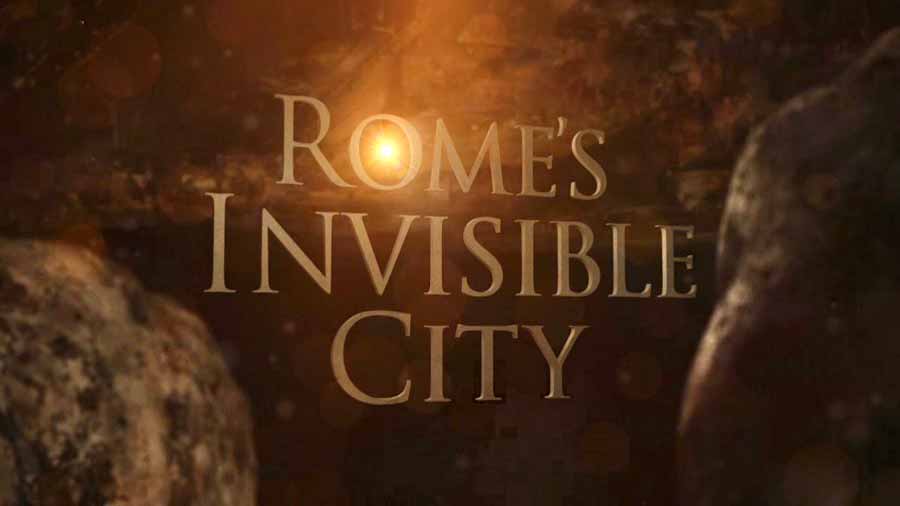Rome’s Invisible City: With the help of a team of experts and the latest in 3D scanning technology, Alexander Armstrong, along with Dr Michael Scott, explores the hidden underground treasures that made Rome the powerhouse of the ancient world. In his favourite city, he uncovers a lost subterranean world that helped build and run the world’s first metropolis and its empire.
From the secret underground world of the Colosseum to the aqueducts and sewers that supplied and cleansed it, and from the mysterious cults that sustained it spiritually to the final resting places of Rome’s dead, Xander discovers the underground networks that serviced the remarkable world above.
Rome’s Invisible City
The Colosseum’s original Latin name was Amphitheatrum Flavium, often anglicized as Flavian Amphitheatre. The building was constructed by emperors of the Flavian dynasty, following the reign of Nero. This name is still used in modern English, but generally the structure is better known as the Colosseum. In antiquity, Romans may have referred to the Colosseum by the unofficial name Amphitheatrum Caesareum (with Caesareum an adjective pertaining to the title Caesar), but this name may have been strictly poetic as it was not exclusive to the Colosseum; Vespasian and Titus, builders of the Colosseum, also constructed an amphitheater of the same name in Puteoli (modern Pozzuoli).
The name Colosseum is believed to be derived from a colossal statue of Nero that once stood nearby. This statue was later remodeled by Nero’s successors into the likeness of Helios (Sol) or Apollo, the sun god, by adding the appropriate solar crown. It was then commonly referred to as the “Colossus solis”. Nero’s head was also replaced several times with the heads of succeeding emperors. Despite its pagan links, the statue remained standing well into the medieval era and was credited with magical powers. It came to be seen as an iconic symbol of the permanence of Rome.
